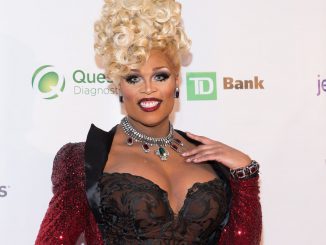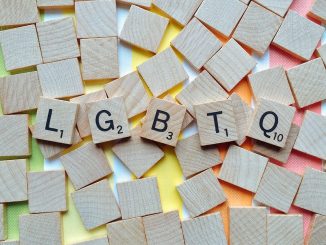
- Researchers at University of Minnesota found out that children with gender dysphoria may sound less masculine compared to boys who do not have the same condition.
- The study was also considered to overturn the common belief that people suffering from gender dysphoria are physiologically and anatomically different, causing them to speak differently.
- Katie Bangert, research assistant, stated that her involvement with the project was motivated by the realization that many language experts are not equipped to provide the best service for transgender patients.
Researchers of a groundbreaking study announced that there is a connection between speech patterns and gender dysphoria.
According to latest news on transgender studies published by Minnesota Daily website on February 28, they found out that speech patterns of children who are struggling with distress due to the incongruence between their gender assigned at birth and gender identity, a condition called gender dysphoria, might be impacted by their condition.
Speech, social cues, and gender
The researchers from the University of Meinnesota presented the study to the American Association for the Advancement of Science.
They found that the voice of boys who are experiencing gender dysphoria may sound less masculine compared to boys who are not.
Collecting speech samples of children aged from 5 to 13 years old, they let adults listen and rate the samples on how masculine or feminine they think the voices of the children are.
They said that investigating the link between gender, speech, and language may provide insights on the adoption of speech among children from social cues. According to Emily Larson, a senior at the University who was part of the study, said that the study revealed how crucial it was to learn more about how children acquire certain gendered characteristics in their voices.
“We are analyzing adults’ perception of children’s speech to better understand how boys with gender dysphoria are perceived, compared to boys and girls without [gender dysphoria],” Larson said.
Gender development
The study was also considered to overturn the common belief that people suffering from gender dysphoria are physiologically and anatomically different, causing them to speak differently.
Ben Muson, lead author and professor for the university on speech-language-hearing sciences, said that it debunked the relationship between gender identity and speech and language disorders.
“Cases where children’s gender development is reflected in their speech are not instances of speech or language disorders,” he said. “This is a particularly hard point to emphasize because so many people seem to associate speaking differently from the way that it is expected with speaking incorrectly.”
Furthermore, he said that children regardless of condition may have adopted different speech patterns and features during their development.
“Lots of groups speak differently from others, so finding that two groups differ in the way that they speak is not in and of itself remarkable,” he clarified. ” The thing that is remarkable, or at least interesting, is that children’s emerging sense of self influences the way they speak, even very early in life.”
Transgender care
A researcher who was part of the study said that part of the motivation of her involvement in the study was to help advance transgender care.
Katie Bangert, a candidate for doctorate degree and assistant of the study, stated that her involvement with the project was motivated by the realization that many language experts are not equipped to provide the best service for transgender patients.
She said, “Some people who are transgender seek the services of speech language pathologists to change the way they speak to better match their gender identity, so they wish to sound more feminine or masculine.”
Larson also added that with the findings of the research, she hoped that this will help enlighten the way voice features and speech patterns impacted on how the gender of children is perceived and be applied in real-life situations in clinics.
“These findings could lead to the development of improved language enrichment programs across the lifespan for individuals with diverse gender identities and gender expression,” Bangert concluded.



Be the first to comment